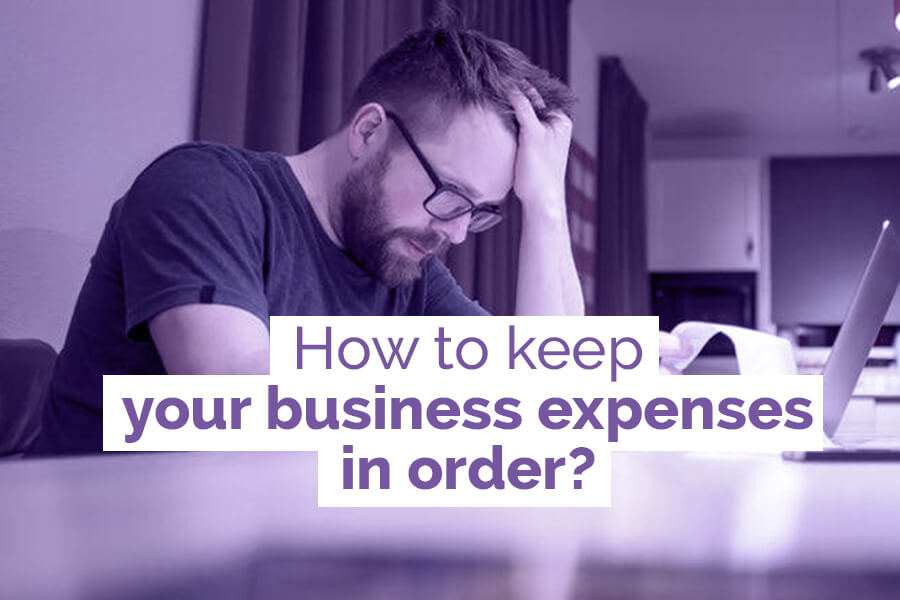How to store receipts and cost invoices?

How to store receipts and cost invoices? In what form should the costs be transferred to the accountant? Find out about the guidelines for companies in the Netherlands.
Are you regularly stressed trying to read a faded fuel cost receipt? Those crumpled pieces of paper in your wallet are important accounting documents! Once a year, the amount of tax you pay depends on how accurately you recorded your business expenses.
So how do you organise receipts and other cost documents when operating in the Netherlands?
Do I have to keep receipts?
Yes – you must keep the receipts you have included in your business expenses for at least 7 years.
What you can settle as the cost of your business can be found HERE.
If you don’t comply with this obligation, you’ll have to return the difference in the tax credit you received for the cost incurred. Additionally, you may be fined. Recording receipts and cost invoices is therefore your responsibility as an entrepreneur in the Netherlands.
You can find out how to prepare for a tax inspection in the Netherlands HERE.
All the more important to keep your head cool and keep it as simple as possible!
How to store receipts and invoices with costs?
The Belastingdienst, i.e. the Dutch tax office, precisely defines how to store cost documents. The basic rule is that you must keep the invoices in the form in which you received them. Therefore, if you have received an invoice in electronic form (e.g. PDF), you should have access to it in this version for the next 7 years.
Similarly – a printout of the invoice you received, e.g. by e-mail, is not enough – you must have it saved in a digital version. If you received the invoice physically “in hand”, then you can excuse yourself for the good old binder and store it in this rather outdated way. However, if you keep the invoice in a digital version using a thorough scan or photo, you will still meet the requirements of the tax office.
Remember, when you scan or take a photo of a receipt or purchase invoice, to make sure that the digital version of the document is complete and legible.
Receipts fade over time, which means that the information on them becomes unclear. In short, it’s best to keep them digital. After making sure that the photo or scan of the receipt is of good quality, you can throw the scrap in the trash.
3 golden rules on how to store documents.
1. Don’t postpone it.
Have you just received a receipt, e.g. from fuel, you hold it in your hand and you are tempted to slip the receipt into your pocket? STOP! Take a photo beforehand! It will take you a fraction of a second and, you are guaranteed that this time you will not forget to take the receipt out of your pocket before throwing your pants in the washing-machine.
2. Develop a good habit.
Establish that, for example, you organise company documents, including receipts, once a week. Have you taken photos before? Great! Now is the moment to describe and attach the receipt to a specific client or project. If you delay it indefinitely, you will forget some of the information, and you will confuse some. Over time, good practice of regularity will get into your system and you will avoid the “receipt fever” before tax settlement.
3. Don’t be a dinosaur!x
Since the tax office in the Netherlands allows you to store cost documents in electronic form, say goodbye to binders and use a modern administration system for companies. In eFaktura keeping company costs in order is child’s play, and at the same time professional.
- Add electronic documents
- Add photos of receipts
- Attach documents to specific projects or clients (e.g. in the case of purchase invoices)
- Export documents in a compressed ZIP folder and send them to your accountant
- Invite your accountant to use eFaktura- let him collect your costs himself!
In conclusion, remember that you can be sure about the safe storage of your documents – the eFaktura system does it for you.


